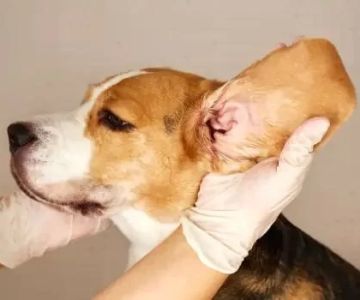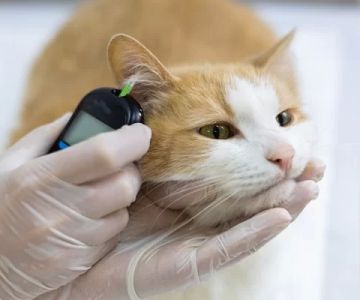Understanding Your Pet’s Fear of Being Alone and How I Helped My Dog
1. It Started With Scratched Doors and Howling
I still remember the first time I realized my dog Max had separation anxiety. I came home after a short grocery trip to find scratch marks on the front door, a shredded rug, and my neighbor leaving a note about the nonstop howling. It broke my heart. Max wasn’t being destructive—he was terrified. And I knew I had to help him feel safe when I wasn’t around.
2. What Separation Anxiety Really Looks Like
Separation anxiety isn’t just “bad behavior.” It’s a serious emotional response triggered when a pet feels unsafe or distressed being left alone. While it’s most common in dogs, cats can experience it too. Some common signs include:
- Excessive barking, meowing, or whining
- Destructive chewing or scratching at doors and windows
- Pacing, trembling, or drooling
- Going potty indoors—even if fully house-trained
- Attempts to escape (sometimes resulting in injury)
With Max, it wasn’t just one sign—it was all of them. And every time I grabbed my keys, his panic would begin.
3. Why Some Pets Are More Prone to Anxiety
There’s no single cause for separation anxiety, but several factors increase the risk. Max was adopted from a shelter, and I later learned he had been returned twice before—abandonment trauma likely played a role. Major changes like moving, schedule shifts, or even a new baby in the house can also trigger anxiety.
During the pandemic, many pets got used to constant human presence. Now, with people going back to offices and social life resuming, I’ve seen a rise in anxious behavior—not just from Max, but from pets owned by friends and neighbors too.
4. The Small Daily Habits That Changed Everything
Helping Max didn’t happen overnight, but consistency worked wonders. Here’s what made the biggest difference:
- Gradual departures: I started with 2-minute exits and increased the time slowly, always returning before he showed panic.
- Predictable routines: Feeding, walks, and playtime all happened on a schedule. Predictability helped Max feel secure.
- Desensitization: I practiced grabbing keys or putting on shoes without leaving. This helped unpair those triggers from anxiety.
- Safe zones: I created a calm space for Max with his bed, toys, and a shirt with my scent. It became his comfort corner.
These techniques sound simple, but over a few weeks, Max’s anxiety levels dropped significantly. I could go for coffee or run errands without the guilt or destruction waiting at home.
5. Tools and Products That Can Make a Real Difference
There are some excellent calming tools out there that I personally found helpful. For Max, a calming vest made a huge difference—it’s like a hug he could wear. I also used a white noise machine to mask outside noises and a pheromone diffuser recommended by our vet at Hidden Brook Veterinary.
Other pet owners I’ve spoken to have had success with puzzle feeders and treat-dispensing cameras that allow two-way audio. Just being able to hear your voice can soothe some pets. But remember—tools work best when paired with behavioral training and positive reinforcement.
6. When to Seek Professional Help
If your pet’s separation anxiety is severe—like self-injury, constant vocalization, or total house destruction—it’s time to talk to a professional. At one point, Max’s behavior plateaued, and we booked a behavioral consultation through Hidden Brook Veterinary.
The vet helped us rule out medical issues and referred us to a certified dog behaviorist. That step was a game-changer. With professional guidance and a tailored plan, we made faster progress and gained clarity on how to reinforce calm behaviors effectively.
7. What NOT to Do When Your Pet Is Anxious
I learned this the hard way: never scold your pet for separation-related behavior. Punishment only adds fear and confusion. Max wasn’t being “naughty”—he was scared. Instead, stay calm, avoid dramatic exits or greetings, and reward calm behavior. Trust is built with patience, not punishment.
Another mistake I made early on was letting him follow me from room to room 24/7. It seemed harmless, but it reinforced his dependency. Teaching him to stay in a separate room—even for short periods—helped build his confidence to be alone.
8. Hope and Healing: The Journey Forward
Today, Max still prefers when I’m home, but he no longer spirals when I’m not. He naps by the window, watches birds, and greets me with a happy tail—not a panic attack. Helping your pet through separation anxiety takes effort, but it’s one of the most loving things you can do.
If you’re just starting this journey, know that it gets better. With the right support, training, and tools, even the most anxious pets can find peace. And if you're unsure where to begin, I highly recommend reaching out to trusted clinics like Hidden Brook Veterinary for personalized guidance, behavioral referrals, and compassionate care.
Because our pets give us so much love—we owe it to them to help them feel safe, even when we step out the door.










